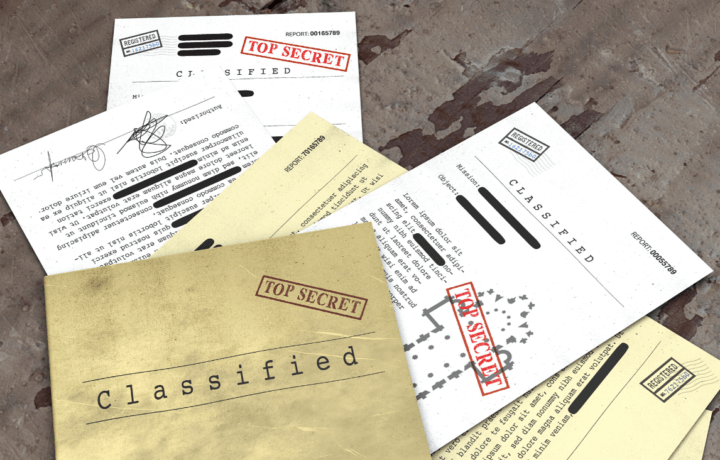Contrary to popular belief, the criteria for getting a Top Secret security clearance are exactly the same as obtaining a Secret clearance. The difference is the depth and extensiveness of the investigation. There are three basic levels of security clearance:
- Confidential
- Secret
- Top Secret
The adjudicative criteria used in all security clearance determinations is the same. The difference is in the extensiveness of the investigation.
What are the criteria for obtaining a security clearance?
The adjudicative criteria used to issue any security clearance are:
(1) Guideline A: Allegiance to the United States
(2) Guideline B: Foreign Influence
(3) Guideline C: Foreign Preference
(4) Guideline D: Sexual Behavior
(5) Guideline E: Personal Conduct
(6) Guideline F: Financial Considerations
(7) Guideline G: Alcohol Consumption
(8) Guideline H: Drug Involvement
(9) Guideline I: Psychological Conditions
(10) Guideline J: Criminal Conduct
(11) Guideline K: Handling Protected Information
(12) Guideline L: Outside Activities
(13) Guideline M: Use of Information Technology Systems
A Top Secret security clearance investigation requires more interviews and confirmation of the information provided on your application, from speaking with acquaintances, to former coworkers. That’s why information that’s only verified through automated systems in a Secret clearance investigation is more likely to trigger an issue for a Top Secret security clearance investigation. The background investigator is going to follow-up on adjudicatively relevant information, from employment history, to people who knew you in college. The government isn’t trying to catch candidates doing something they shouldn’t – but they are discovering information that may not be apparent from the form itself. They’re establishing the ‘whole person’ – a background investigation can provide the detail that mitigates a potential issue, or it can support the notion that someone’s reliability and trustworthiness are not what they should be to protect national security information.
The more in-depth investigation required for a Top Secret clearance position is simply to verify the accuracy of the information reported on the security clearance application. If no issues of reliability, trustworthiness or integrity are found in the investigation, a Top Secret clearance will be granted.
If an individual has previously held a Secret security clearance, and is then unable to obtain a Top Secret security clearance, it’s not because the criteria were different – it’s because the investigation discovered something that wasn’t uncovered in the mostly automated Secret investigation. That’s why it’s important to be forthcoming about the information you provide regardless of the clearance level. Whether you’re applying for a Confidential clearance or a Top Secret security clearance, you need to complete the security clearance application, cooperate with investigators in the course of the investigation, and be trustworthy – that’s the path to a Top Secret clearance job.




